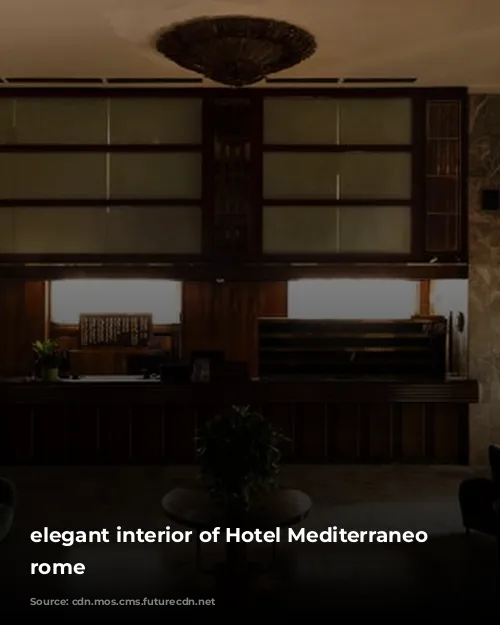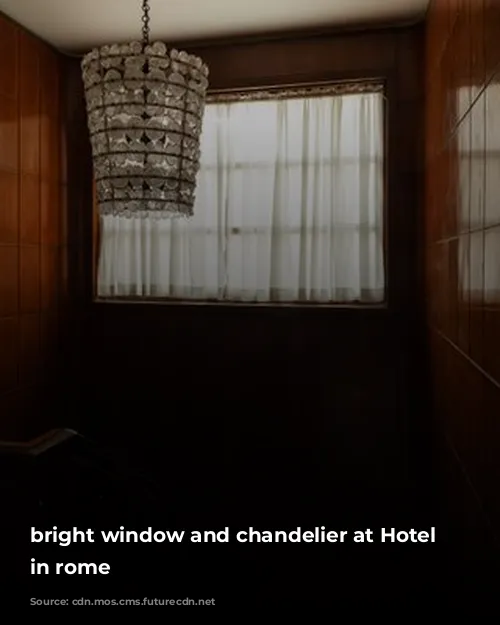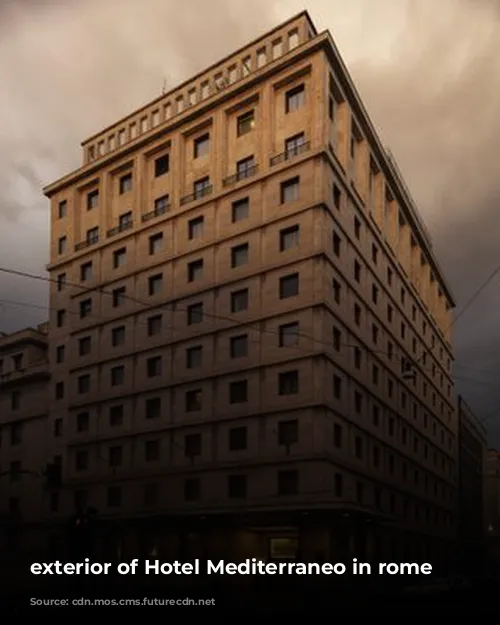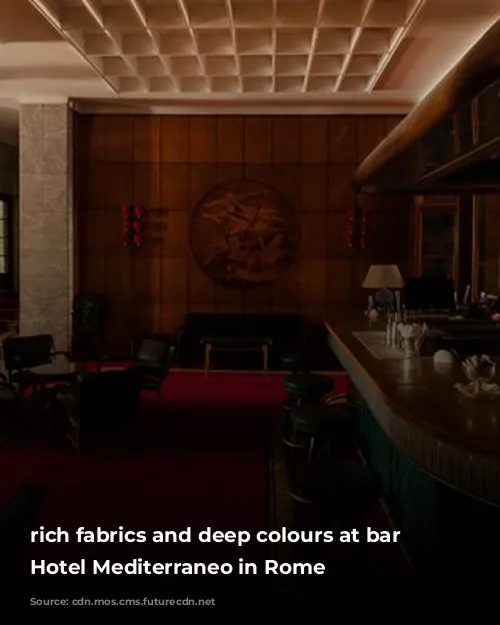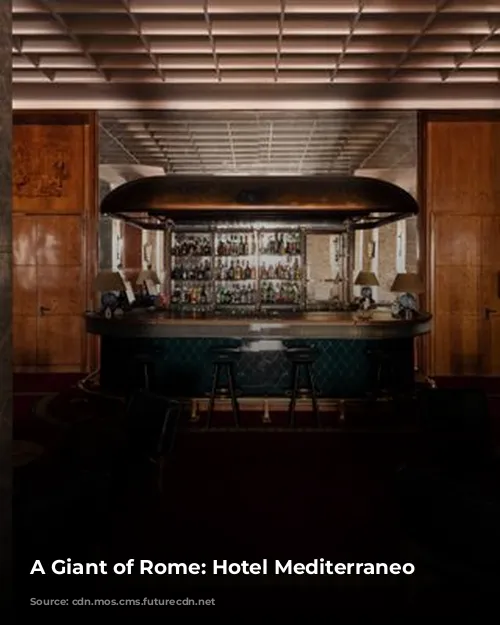Standing tall and proud, Hotel Mediterraneo is a landmark in the heart of Rome. This architectural titan, reaching over 50 meters high, is one of the tallest buildings in the city’s center. Completed during the tumultuous years of World War II, the hotel stands as a testament to a grand vision for the future.
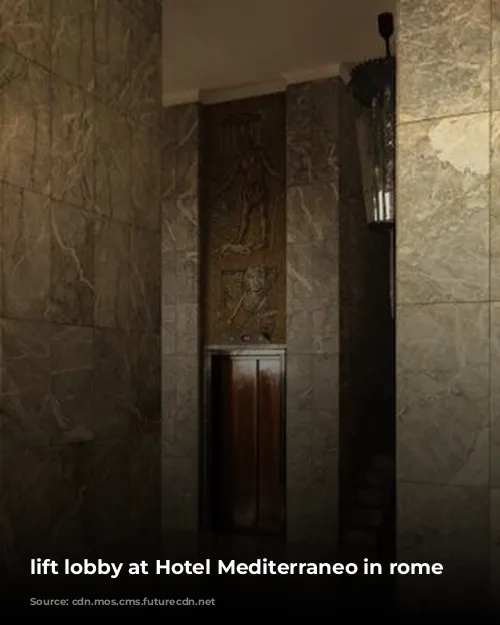
A Dream for a New World
The 1930s saw a period of grand transformation in the area surrounding Rome’s central station, Roma Termini. Benito Mussolini, the Italian dictator, had ambitious plans for the city, envisioning it as the host of the 1942 World Expo. This event, meant to celebrate the 20th anniversary of fascism in Italy, would showcase Rome’s resurgence as a global power.
At the forefront of this transformation was Marcello Piacentini, Mussolini’s chief architect, who was tasked with turning Roma Termini into the largest train station in Europe. This ambitious project symbolized the regime’s desire to revive the glory of the Roman Empire.
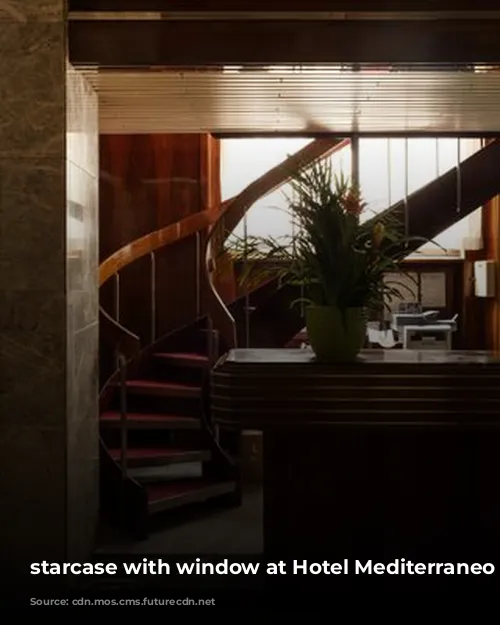
A Visionary Hotelier
Maurizio Bettoja, a prominent hotelier and a man of the world, saw a unique opportunity in this grand vision. Bettoja, who had spent significant time in New York, dreamed of bringing a touch of the New World to Rome. He envisioned a cosmopolitan hotel that would become a haven for international travelers.
Bettoja’s family already owned several hotels near Roma Termini, including the historic Hotel Massimo d’Azeglio, a favorite spot for the Roman elite. His vision for Hotel Mediterraneo was to create a hotel that would surpass anything they had built before, a true embodiment of his cosmopolitan taste.
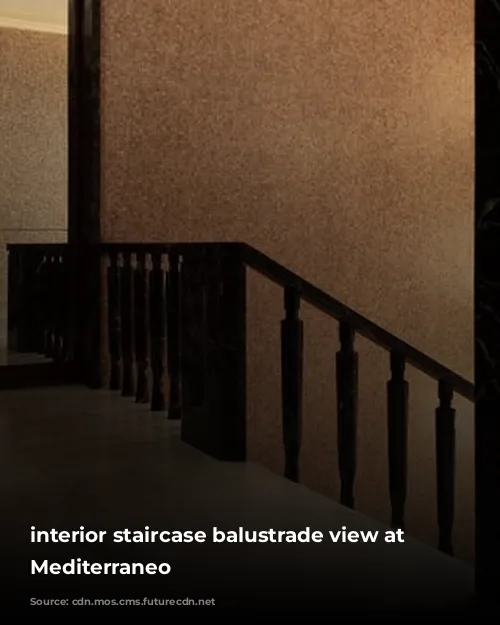
Caught in the Grip of Fascism
Bettoja’s grand project, however, became entangled with the fascist regime’s agenda. While granted a special permit to build a structure taller than the city’s five-storey limit, he was pressured to change the hotel’s name. The original name “Hotel Oceanico”, with its clear New York reference, was deemed too foreign. Bettoja reluctantly agreed to change the name to “Mediterraneo,” reflecting the broader Mediterranean region.
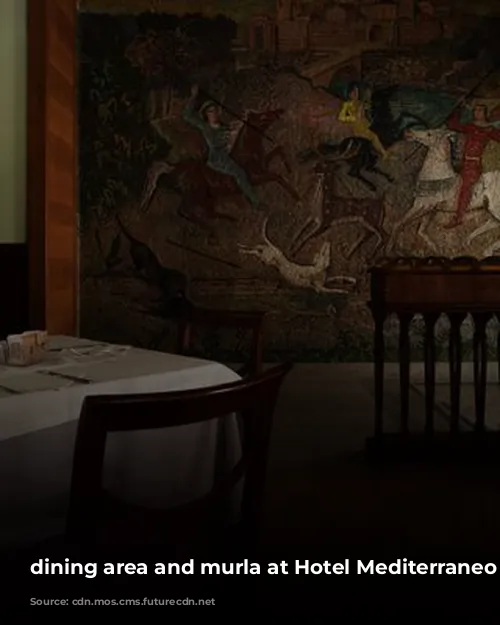
A Marriage of Styles
The hotel’s Rationalist design, inspired by the grandeur of Ancient Rome, was crafted by the renowned architect Mario Loreti. Loreti, a prominent figure in his time, incorporated elements of Roman architecture such as the Colosseum’s upper band into the hotel’s design. Yet, the hotel’s overall feel also subtly reflected the New York skyscrapers, a reminder of Bettoja’s cosmopolitan aspirations.
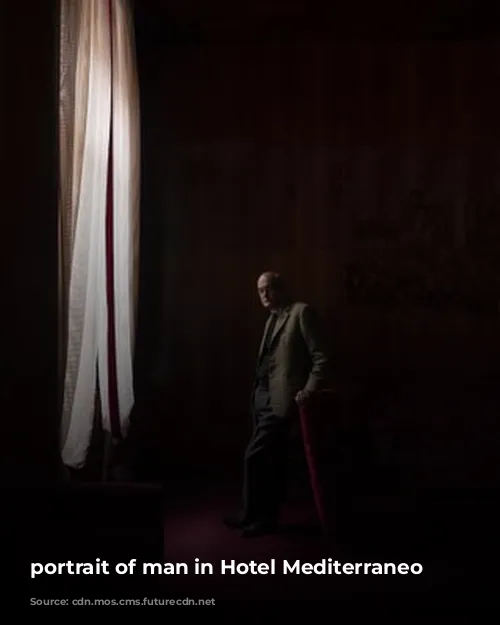
An Eclectic Interior
The interior of Hotel Mediterraneo was a unique blend of modernity and classicism. The sleek furniture by Gio Ponti and Gustavo Pulitzer Finale stood alongside busts of Roman emperors, creating a harmonious contrast.
The lobby, a grand space with two innovative, glass-enclosed elevators, featured golden mosaic murals depicting the epic voyage of Ulysses. The central fireplace, adorned with intricate wood marquetry, showcased the Punishment of Prometheus. The bar, a magnificent example of Art Deco design, transported guests to a world of luxury and elegance, reminiscent of an ocean liner.
A Future Unfulfilled
The hotel was finally completed in 1942, as World War II raged across Europe. The World Expo, the grand event that inspired the hotel’s creation, was never realized. The dream of a thriving international tourism industry in Rome lay shattered.
The hotel’s first guests were not tourists but German soldiers, a stark reminder of the war’s grim reality. The grand vision of a cosmopolitan haven was replaced by the harsh realities of occupation and conflict.
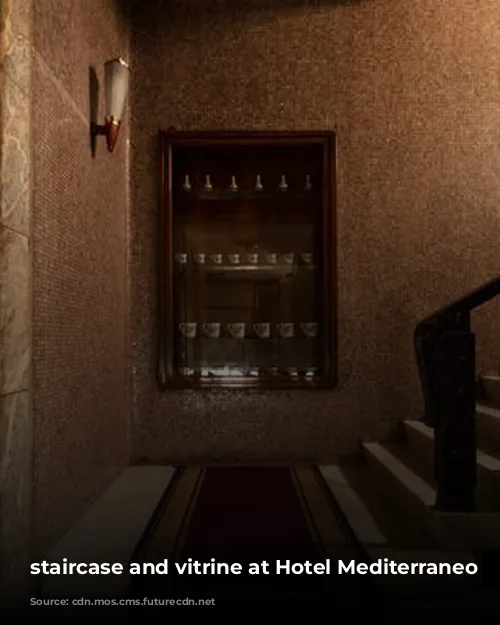
A Legacy Reborn
Today, Hotel Mediterraneo stands as a testament to a dream unrealized. It remains a magnificent architectural landmark, a symbol of a bygone era of grandeur and optimism.
As interest in 1930s Italian architecture resurges, the hotel is experiencing a revival. The hotel’s visionary future, once lost in the shadows of war, seems poised to emerge anew.
